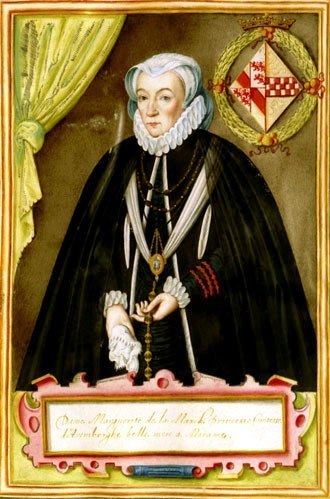Flag Coat of arms Languages Moselle Franconian Founded 1549 Date dissolved 1810 | 1798 413 km² (159 sq mi) Area 413 km² | |
 | ||
Legendary arenberg on the paris roubaix
Arenberg, also spelled as Aremberg or Ahremberg, is a historic county, principality and finally duchy located in modern Germany. The Dukes of Arenberg remain a prominent Belgian aristocratic family.
Contents
- Legendary arenberg on the paris roubaix
- Trou e d arenberg paris roubaix challenge
- History
- 15491576
- 1789
- 1798
- 1810
- 1814
- 1826
- References
Trou e d arenberg paris roubaix challenge
History
First mentioned in the 12th century, it was named after the village Aremberg in the Ahr Hills in today's Rhineland-Palatinate.
1549–1576
Aremberg was originally a county. It became a state of the Holy Roman Empire (reichsunmittelbar) in 1549, was raised to a principality in 1576, and finally a duchy in 1645.
1789
The territorial possessions of the dukes of Arenberg varied through the ages. Around 1789 the duchy was located in the Eifel region on the west side of the Rhine, and contained amongst others Aremberg, Schleiden and Kerpen.
However, although the Duchy itself was in Germany, from the 15th century on, the principal lands of the Dukes of Arenberg have been in modern-day Belgium.
The pre-Napoleonic duchy had an area of 413 km² and a population of 14,800. It belonged to the Electoral Rhenish Circle, and was bordered by the duchy of Jülich, the Archbishopric of Cologne, the Archbishopric of Trier, and the county of Blankenheim.
1798
After the French occupation of the west bank of the Rhine around 1798 (see Treaty of Campo Formio and Treaty of Lunéville) the duke of Arenberg received new lands: the county of Vest Recklinghausen, the county of Meppen, and the lordship of Dülmen.
1810
Arenberg joined Napoleon's Confederation of the Rhine, although that did not prevent it being mediatised in 1810, with France annexing Dülmen and Meppen, and the duchy of Berg annexing Recklinghausen.
1814
After Napoleon's defeat in 1814 and the dissolution of the Confederation of the Rhine the former Arenberg territories were divided between the kingdom of Prussia and the kingdom of Hanover. In both Prussia and Hanover, the dukes became local peers subordinate to the king.
1826
In 1826, the Arenberg territory in Hanover was named duchy of Arenberg-Meppen. Arenberg-Meppen had an area of 2,195 km² and a population of 56,700. The county of Recklinghausen, in Prussia, had an area of 780 km² and a population of 64,700.
The dukes of Arenberg remain a prominent Belgian aristocratic family. The direct family of the reigning duke are called by the nominal title of prince of Arenberg. The ducal family descends agnatically from the House of Ligne.
The forest of Arenberg is located in northeastern France, and is famous for its cobbled roads used in the classic road cycle race Paris–Roubaix. Its areas saw extensive mining in the past.
